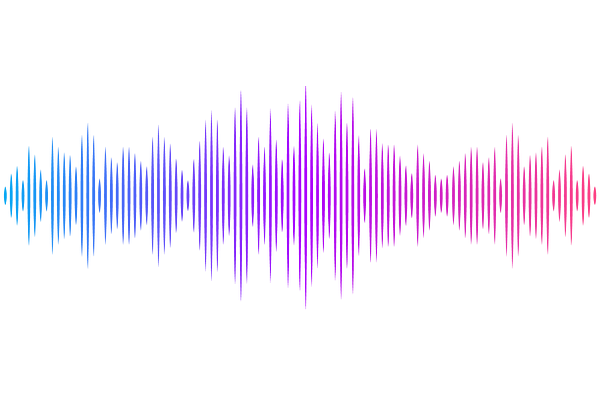Genetics of growth rate in induced pluripotent stem cells

Genetics of growth rate in induced pluripotent stem cells
Lee, B. N.; Taylor, H. J.; Cipriani, F.; Narisu, N.; Robertson, C. C.; Swift, A. J.; Sinha, N.; Yan, T.; Bonnycastle, L. L.; Dale, N.; Butt, A.; Parsaud, H.; Semrau, S.; NYSCF Global Stem Cell Array Team, ; GENESiPS Consortium, ; iPSCORE Consortium, ; Knowles, J. W.; Carcamo-Orive, I.; D'Antonio-Chronowska, A.; Frazer, K. A.; Biesecker, L. G.; Noggle, S.; Erdos, M. R.; Paull, D.; Collins, F. S.; Taylor, D. L.
AbstractHuman induced pluripotent stem cells (iPSCs) have transformed biomedical research by enabling the generation of diverse cell types from accessible somatic tissues. However, certain fundamental biological properties, such as the genetic and epigenetic determinants of iPSC proliferation, remain poorly characterized. We measured the growth of iPSC lines derived from 602 unique donors using high-throughput time-lapse imaging, quantified proliferation through a growth Area-Under-the-Curve (gAUC) phenotype, and correlated gAUC with the gene expression and genotype of the cell lines. We identified 3,091 genes associated with gAUC, many of which are well established regulators of cell proliferation. We also found that rare deleterious variants in WDR54 were associated with reduced iPSC growth and that WDR54 was differentially expressed with respect to gAUC. Although no common variants showed a genome-wide association with gAUC, iPSC lines from monozygotic twins were highly correlated, and common genetic variation explained approximately 71-75% of the variance in iPSC growth rates. These results indicate a complex genetic architecture of iPSC growth rates, where rare, large-effect variants in important growth regulators, including WDR54, are layered onto a highly polygenic background. These findings have important implications for the design of pooled iPSC-based studies and disease models, which may be confounded by intrinsic growth differences.